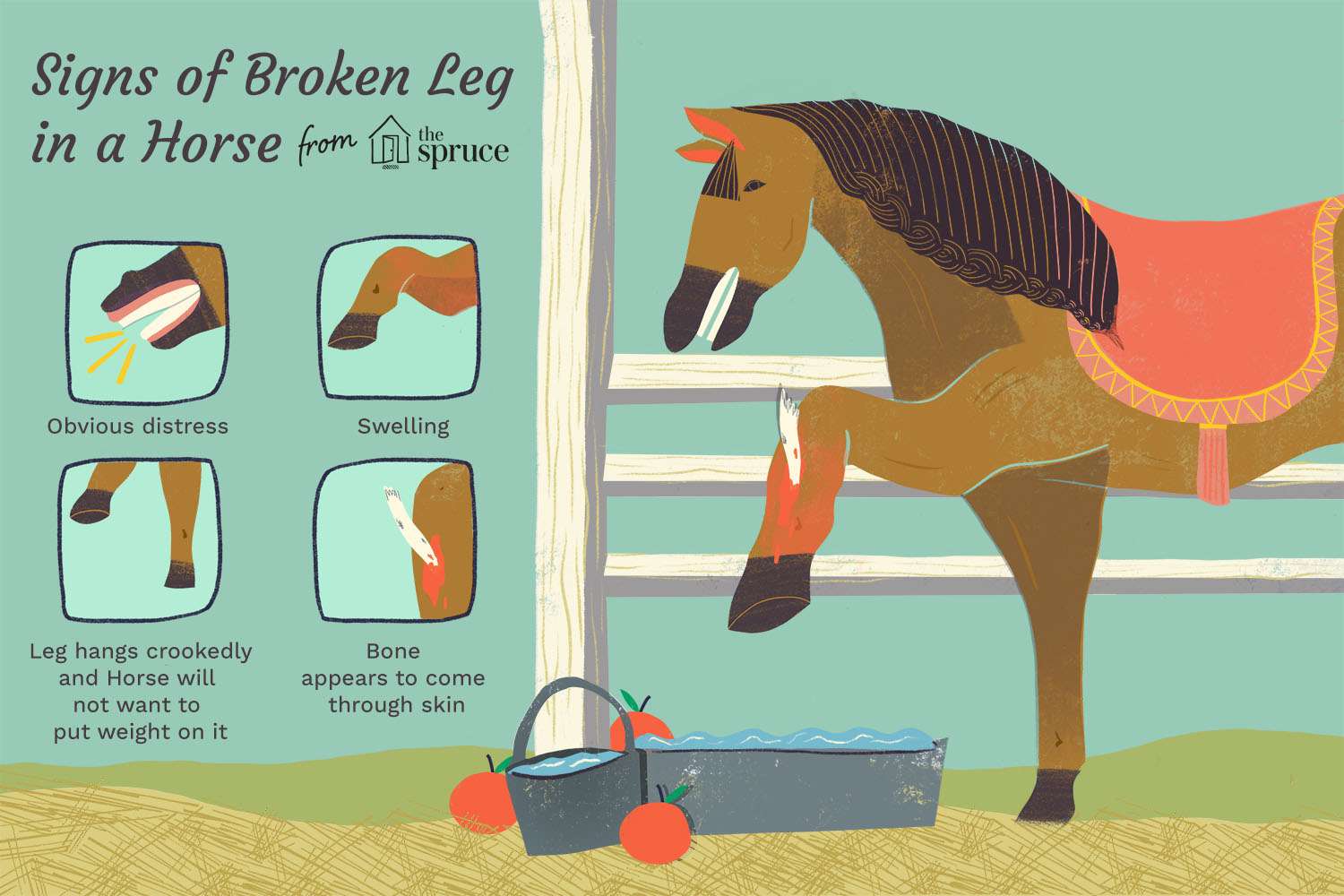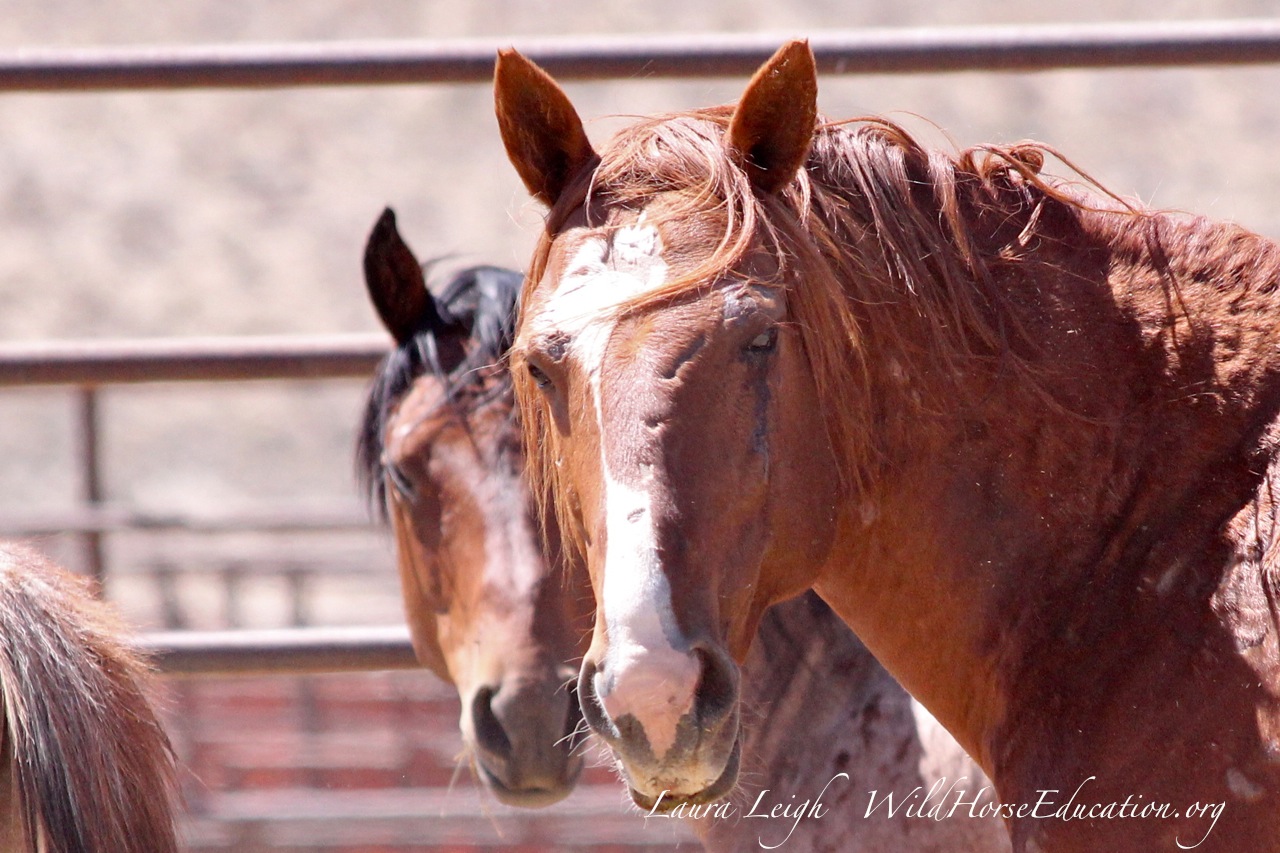Making the solemn decision to put a horse down is an act fraught with emotion and responsibility. Understanding horse euthanasia is essential for those who care for these majestic creatures, ensuring that the process is carried out with compassion and dignity. Euthanasia, derived from the Greek meaning “good death,” is often the kindest option to relieve a horse from suffering when there is no hope for recovery.
Assessing the Right Time for Putting Down a Horse
Deciding when to say goodbye to a beloved equine is never easy. Assessing the right time involves evaluating the horse’s quality of life, ongoing pain, and the ability to perform natural behaviors. Consultation with a veterinarian can provide guidance, ensuring the decision is made with the horse’s best interest at heart.
How Do You Put Down a Horse: Exploring the Methods
How do you put down a horse? The answer lies in choosing the most humane and least distressing method. Typically, this involves either a lethal injection administered by a veterinarian or euthanasia by gun, carried out by a skilled professional. Both methods, when done correctly, can ensure a peaceful end for the horse.
Reasons for Putting a Horse Down

There are various reasons why an owner might consider putting down a horse. These range from the horse’s well-being to circumstances surrounding its care. It’s crucial to weigh these reasons carefully and prioritize the horse’s quality of life in the decision-making process.
Putting a Horse Down for Financial Reasons
Unfortunately, financial constraints can be a deciding factor. Putting a horse down for financial reasons may become a consideration when the cost of care becomes unsustainable, especially if the horse has a chronic condition that demands ongoing, expensive treatment.
Medical and Humane Considerations
More commonly, medical issues are at the forefront of this tough decision. Incurable diseases, severe injuries, or age-related decline that leads to uncontrollable pain warrant humane euthanasia. When a horse’s daily experiences are more about suffering than living, euthanasia becomes a merciful choice.
The Euthanasia Process

The process of euthanasia is one that requires careful planning and consideration. Familiarizing oneself with what to expect can help prepare for this final act of stewardship.
Preparing for Euthanasia: What You Need to Know
- Discuss the process with your veterinarian.
- Consider the location that would be most comfortable for your horse.
- Decide on the method of euthanasia.
- Arrange for the disposal of remains.
- Prepare emotionally for the farewell.
Horse Euthanasia by Injection
Euthanasia by injection is a common method where a veterinarian administers a lethal dose of barbiturates, causing the horse to lose consciousness before stopping the heart and brain functions. This method is regarded as gentle and peaceful for the horse.
Horse Euthanasia by Gun
Alternatively, euthanasia by gun is an option that requires precision and expertise to be done humanely. A bullet is directed to a specific location on the horse’s head, resulting in immediate unconsciousness followed by death. This method is sometimes preferred in emergency situations or when injection is not viable.
Aftercare and Disposal Options

After the horse has passed, there are practicalities to consider. The handling of the remains is a significant part of the process that needs to be addressed with sensitivity and respect for the animal.
Arrangements for Horse Disposal
Options for disposal of a horse’s body include burial, cremation, or rendering. Local laws and regulations often dictate what methods are permissible, so it is essential to consult with authorities and service providers in advance.
Understanding the Emotional Impact
The loss of a horse can have a profound emotional impact on those who cared for it. Recognizing and validating these feelings is an integral part of the process. Bereavement can take time, and support from friends, family, or professionals can be crucial.
Legal and Ethical Considerations
Euthanizing a horse is not only an emotional decision but also one that comes with legal and ethical obligations. It’s important to approach this decision with a clear understanding of the responsibilities involved.
Insurance Claims and Legalities
If the horse is insured, it’s necessary to notify the insurance company before euthanasia. They may require a veterinary certificate to process any claims. Additionally, one must adhere to local laws regarding euthanasia and disposal of remains to avoid any legal repercussions.
Support and Coping
Support systems play a vital role in coping with the loss of a horse. It’s important to reach out and find resources that can help navigate through this challenging time.
Supporting Children and Other Pets Through Loss
Children and other pets may also grieve the loss of a horse. It’s essential to help them understand the situation and express their feelings. Being open about the process and providing reassurance can aid in their coping.
When caring for horses, it’s crucial to know various procedures for their well-being and health. While our latest article focuses on the sensitive topic of how to humanely put a horse down, it’s also important to be well-versed in everyday horse care techniques. Learn how to make a horse halter for proper handling, discover the right way to give a horse a pill for effective medication delivery, and understand how to properly dry a horse to keep them comfortable after washes or rainy days. These skills are all part of responsible horse ownership and care.
Commemorating Your Horse’s Life
Creating a lasting tribute can be a comforting way to honor the memory of a horse. Planting a tree, crafting a memorial, or sharing stories of the horse’s life can serve as a way to celebrate the bond shared and keep the spirit of the horse alive.
The decision to put a horse down is one of the most challenging moments an owner may face. Yet, when done for the right reasons, such as putting horse down for financial reasons or medical necessity, it is an act of kindness that spares the animal from further suffering. No matter the circumstances, approaching the topic with sensitivity, respect, and a thorough understanding of the process can ensure that the horse’s welfare is upheld until the very end.



